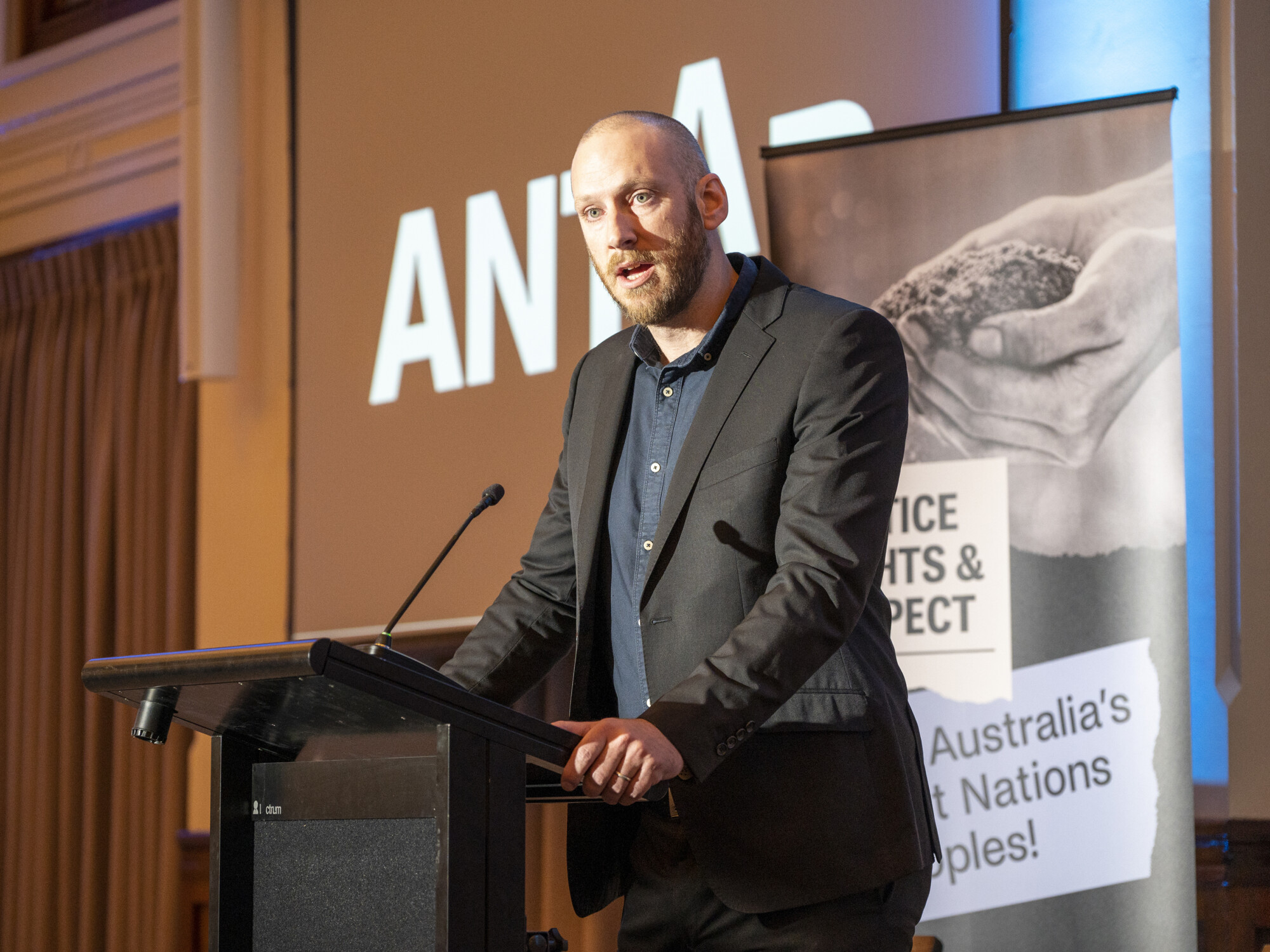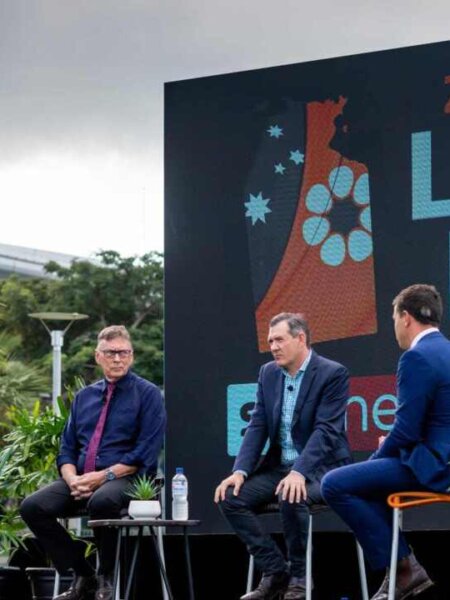Thank you for this opportunity to speak to the Senate Select Committee.
I begin by acknowledging that I am video conferencing into this hearing from the land of the Gadigal People of the Eora Nation and pay my respects to Elders past and present. I acknowledge the Aboriginal and Torres Strait Islander peoples appearing with me on the Panel today, and the First Nations Senators on this Committee – the Chair, Senator McCarthy, Senator Dodson and Senator Thorpe.
ANTaR is a national advocacy organisation working for Justice, Rights and Respect for Australia’s First Peoples. We do this primarily through campaigns, advocacy and lobbying.
We have been working with Aboriginal and Torres Strait Islander communities, organisations and leaders on rights and reconciliation issues since 1997. ANTaR is a foundational member of the Close the Gap and Change the Record campaigns and the Redfern Statement Alliance. We are a core member organisation of Just Reinvest NSW, END RHD and have been working on elevating the Treaty conversation across Australia.
Our Board is made up of both Aboriginal & Torres Strait Islander and non-Indigenous members and we have thousands of supporters and members across Australia – mostly non-Indigenous Australians that are dedicated to creating a country that is reconciled with its First Peoples.
As a mainstream advocacy organisation, although solely created to advocate for the justice, rights and respect of First Nations peoples, we do not suppose to speak for First Nations peoples on the issue of the Flag today. We have always sought to support the self-determined priorities of the many Aboriginal and Torres Strait Islander leaders and organisations we have worked with and supported for years.
As evidenced by the need for this Committee and your deliberations over the future of the Aboriginal Flag, the Flag has become an important symbol for both First Nations and non-Indigenous Australians over the last 5 decades. Using the image of the flag has been central in our campaigning and advocacy work and its use symbolises our solidarity with Aboriginal peoples across Australia.
We note and support the growing campaigns to have the Aboriginal Flag raised permanently and prominently in places like the Sydney Harbour Bridge. While not directly relevant to the copyright issue currently at play, these campaigns are indicative of the broad public support for and recognition of the Aboriginal Flag as an important symbol of our nation.
The Flag has become short-hand for Aboriginal self-determination and a modern day marker of the 60,000 years of Aboriginal and Torres Strait Islander occupation of this continent. Over the last five decades, the iconic Black-Yellow-Red image has become ubiquitous and is recognised around the world – a great legacy.
In regard to the Terms of Reference guiding this Committee, ANTaR offers the following observations:
- Firstly, we support Harold Thomas being recognised as the rightful designer of the Flag with a financial benefit. This recognition, already given by the High Court and in copyright, and subsequent financial benefit should also allow for the right of Aboriginal organisations, Aboriginal communities and the broader Australian community to freely use the Flag. To this end, to respect Mr Thomas’s copyright we support a negotiated outcome that acknowledges the place the Flag holds in Australia today.
- Secondly, we propose that the Flag should have accompanying protocols (as the national flag does) and that those protocols be informed by Harold Thomas and other senior First Nations leadership.While already made an official Australian Flag, the Aboriginal Flag should be specified in the Flags Act and the Act should include the free ‘right and privilege’ to use the Flag subject to respecting the protocols. The Act should be amended to include specific clauses to the free use and recognition of the Aboriginal Flag, closer to the status of the Australian Flag.As the Senate Select Committee has no doubt already heard, the copyright or licencing restrictions on the use of the Flag on garments can negatively impact community and advocacy organisations in their work promoting First Nations priorities in health, justice, education, employment and many other areas. Often the Flag image is used in promotional material, including clothing, to denote that the cause or issue or message is directly relevant to Aboriginal and Torres Strait Islander peoples. Any charge for such material is usually on a cost recovery basis and not intended to be a commercial pursuit.We note that copyright does allow for fair usage and does not restrict non-commercial purposes, but this can become an unnecessary grey area for many organisations and people.In relation to commercial use of the image, ANTaR used to sell Aboriginal badges and pins produced under licence by the now liquidated company – Birubi Art. We ceased selling these items as a fundraising for our not-for-profit charitable organisation once it came to light that this company had been falsely claiming its products as genuine Aboriginal artworks. We can appreciate the feeling among many Aboriginal people and organisations that the licencing for commercial use of the Aboriginal Flag image to a non-Indigenous company that then undermines that image in this case can be distressing and highly frustrating.
- Finally, ANTaR believes that the free, respectful use of the Flag should be a vehicle for the Government’s stated support for a Truth-Telling process.
This Committee has an opportunity to use this inquiry to further elevate the Flag in its already high public esteem by making this a broader consideration of where we are as a nation in regard to our relationship with the First Nations peoples of this continent. Rather than a conversation of profit, the Flag should be a focal point of truth-telling that acknowledges the many millennia prior to European colonisation, our shared history since 1788 and what a reconciled Australia might look like going forward with a Flag that symbolises that journey.
In closing this statement, I say again that the Aboriginal Flag is a symbol of Aboriginal strength and pride, it leads to greater exposure and recognition of Aboriginal and Torres Strait Islander issues, and is regularly used by non-Indigenous people to express their support and solidarity with First Nations sisters and brothers in a quiet and effective way.
Thank you.




